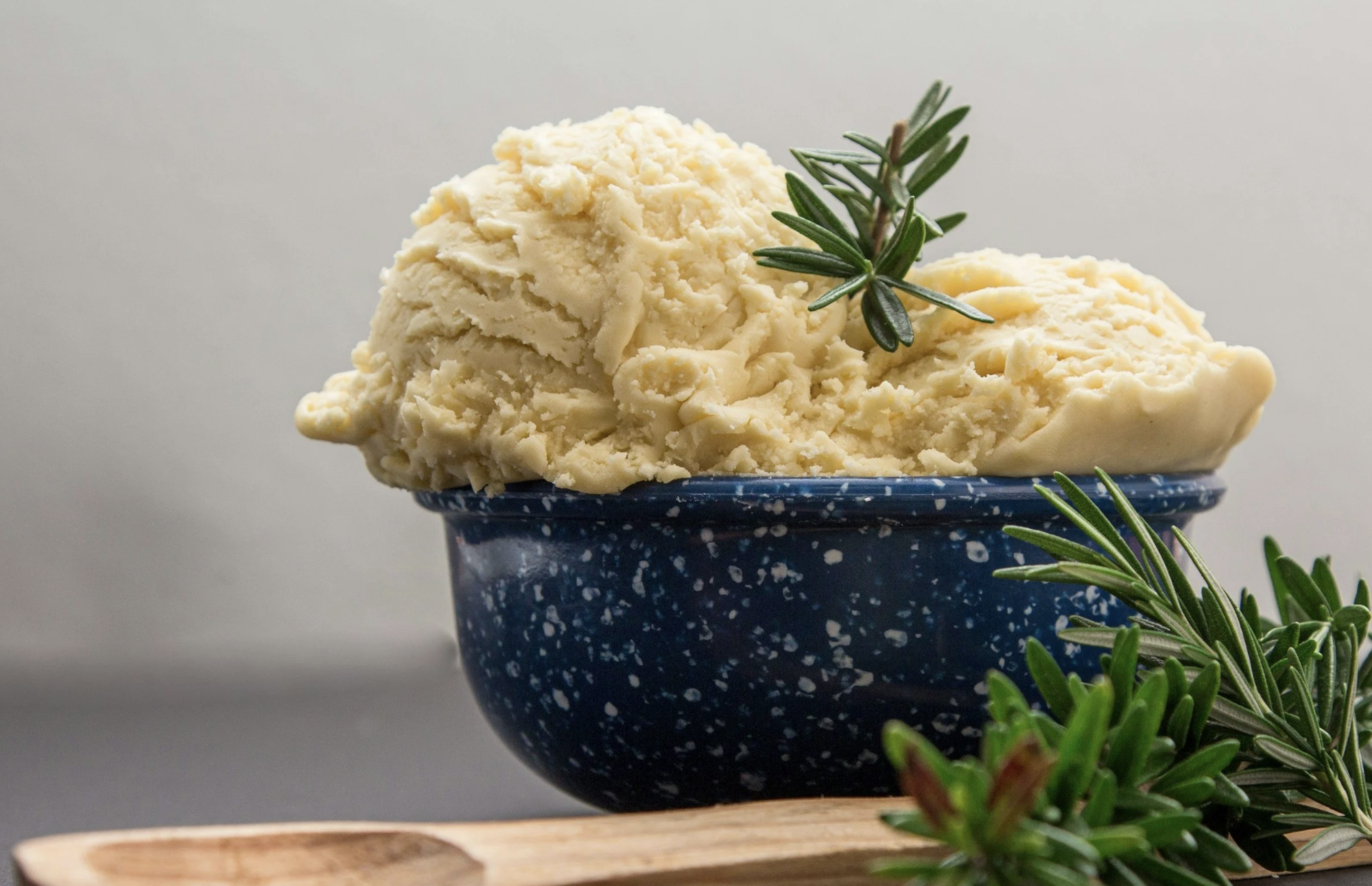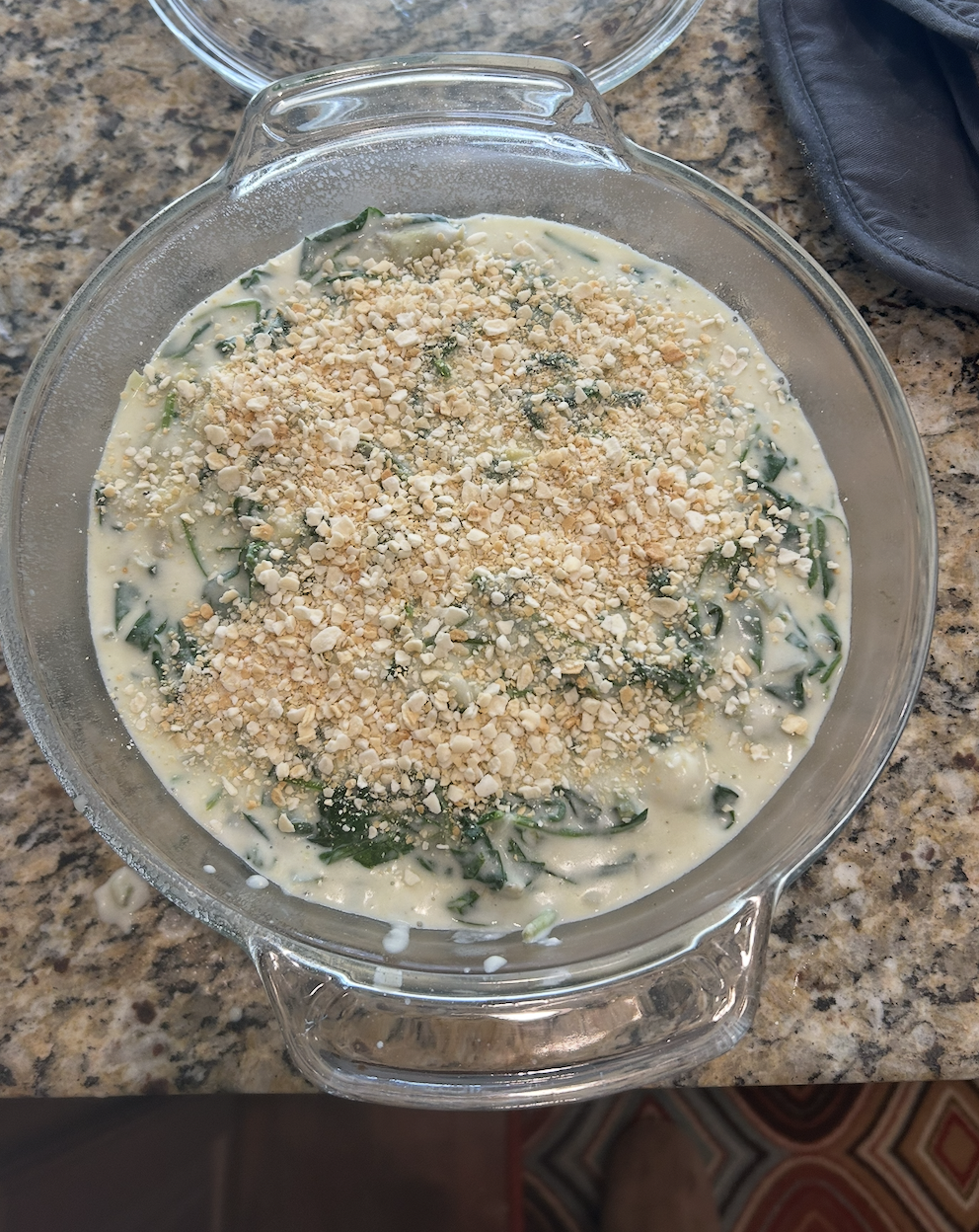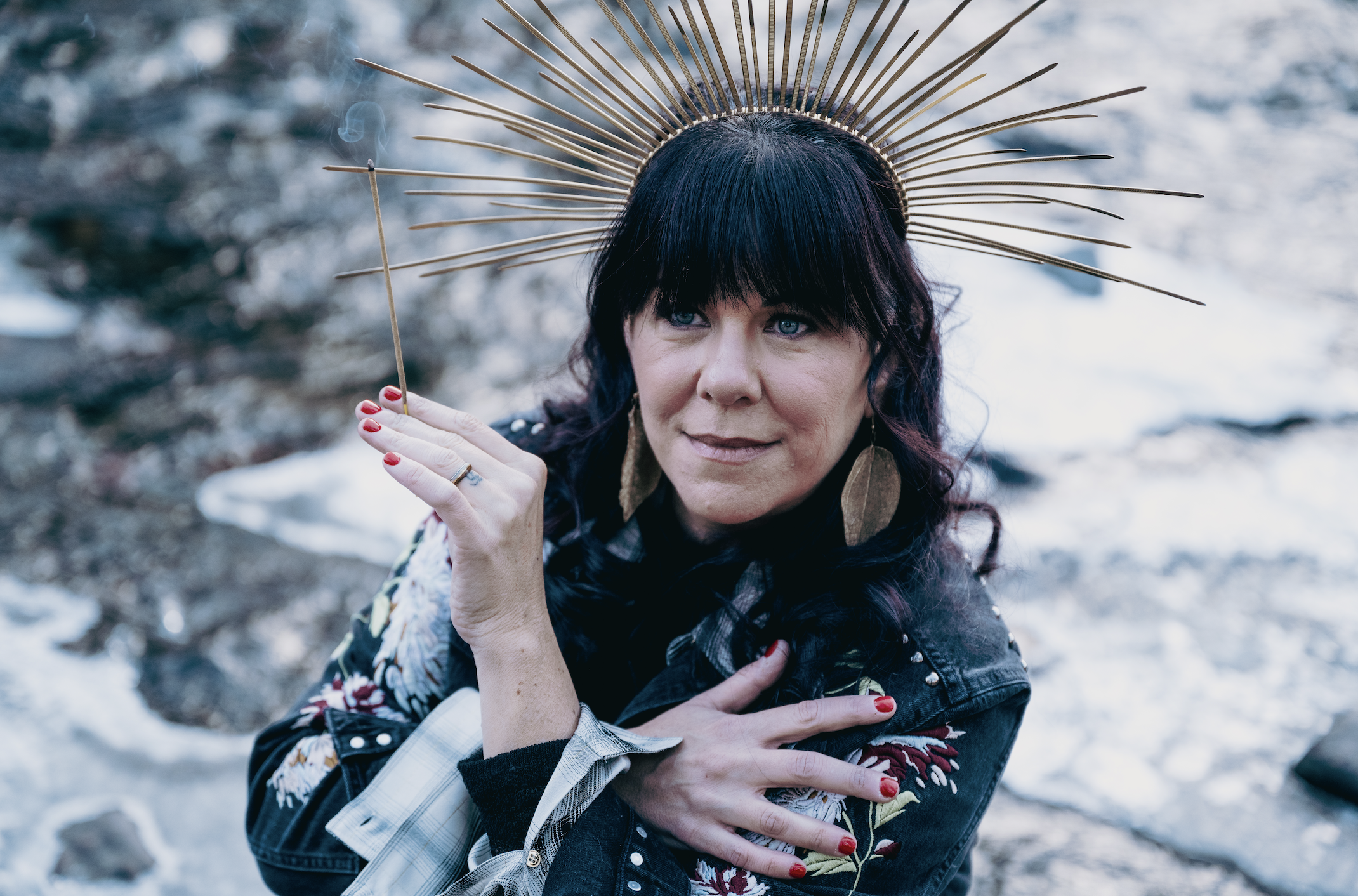
When Dreams Redirect Us: How Guidance Appears in the Subconscious
Dreams often speak in symbols long before we’re ready to hear the message. In this article, we explore how guidance appears through dream imagery, familiar figures, and intuitive shifts — and how your subconscious might already be preparing you for your next becoming.

Śaktipāta: The Descent of Grace That Initiates Awakening
Śaktipāta—the descent of grace—is the subtle current that initiates awakening from within. In this week’s contemplation, we explore how grace moves through lineage, awareness, and the simple sense of “I am.” Plus, hear Julie Hoyle’s real experience of śaktipāta in Episode One of Awakened Grace.

Holiday Traditions Reimagined: Nourishing Recipes for a Wheat-Free, Dairy-Free, Low-Sugar Season
I’ve always loved the tradition of the holidays — the familiar aromas, the recipes passed down from my mom, and the comforting meals we crave year after year. But as I discovered my wheat and dairy allergies and shifted toward lowering sugar and eating more intentionally, I had to reimagine the holiday dishes I loved most. These updated recipes — my Heritage Stuffing, Spinach Madeleine, Fresh Cranberry–Orange Jam, and Candida-Friendly Parsnip & Sweet Potato Mash — honor tradition while supporting my body through the Vata and Kapha seasons. With Ayurvedic spices, gluten-free swaps, and dairy-free options, these dishes are nourishing enough for everyday winter meals and festive enough for your holiday table.

Candida-Friendly Holiday Mash (Parsnip, White Sweet Potato & Yukon Gold Blend)
These mashed potatoes are my holiday staple when I want something creamy, comforting, and low in sugar. Instead of relying solely on Yukon golds, I blend parsnips and white sweet potatoes for a lighter, cleaner mash that still tastes rich and decadent. Grass-fed butter and coconut milk create the perfect smooth texture, while a touch of cinnamon or clove brings in warm holiday flavor. This candida-friendly mash pairs beautifully with turkey, stuffing, and cranberry jam — and no one ever realizes it’s healthier.

Fresh Cranberry–Orange Jam with Apple, Ginger & Cinnamon
This cranberry jam is my upgraded version of classic cranberry sauce — fresh, bright, and lightly sweet with oranges, apples, ginger, and cinnamon. The apple adds natural pectin, and a spoonful of Collagelatin gives the jam a beautiful, spoonable texture without tons of sugar. It’s the perfect balance of tart and cozy, and tastes incredible on turkey, gluten-free bread, muffins, crackers, or even swirled into yogurt. Simple, clean ingredients with so much holiday flavor.

Spinach Madeleine (Goat-Cheese, Gluten-Free, Cow’s Milk–Free)
Spinach Madeleine was the dish my family eagerly anticipated every Thanksgiving — creamy, comforting, and just spicy enough to feel special. My mom’s version used frozen spinach and traditional dairy, but over the years I transformed it into a lighter, cow’s-milk-free, gluten-free recipe made with fresh spinach, goat cheeses, and a silky coconut-milk béchamel. This modernized Spinach Madeleine is rich without being heavy, beautifully flavored with shallots and jalapeño, and perfect as a holiday side dish or a cozy treat served with gluten-free bread and veggies.

Lisa’s Heritage Stuffing (Gluten-Free, CCF-Spiced, Optional Sausage or Oysters)
This is the stuffing that has become the heart of my Thanksgiving table — a blend of my mom’s classic recipe and the Ayurvedic wisdom I’ve woven into my cooking over the years. With fresh fennel, cumin, and coriander creating a natural CCF digestive blend, and grounding root vegetables that bring warmth and texture, this gluten-free stuffing is deeply nourishing and endlessly customizable. Whether you make it with sage sausage, oysters, or keep it vegetarian, this dish brings comfort, balance, and tradition to the holiday table.

Almond Butter Thumbprint Cookies (Gluten-Free)
These soft and chewy Gluten-Free Almond Butter Thumbprint Cookies are a delicious twist on a classic holiday favorite. Made with a custom gluten-free flour blend and topped with dark chocolate kisses, they bake up perfectly tender and full of flavor. Perfect for gifting, gatherings, or a cozy afternoon treat.

Why I Love Bestqool Red Light Therapy: Gentle Light for Deep Cellular Healing
Red light therapy entered my healing journey like dawn—subtle, warm, and quietly transformative. Bestqool has become the panel I trust for mitochondrial repair, mold recovery, emotional resilience, and hormone support. Its combination of clinical wavelengths, accessible pricing, and nervous-system-safe design makes it an essential tool for modern, Ayurvedic-aligned healing. This article shares how red light therapy supports the deeper layers of detoxification, trauma, and feminine vitality.

Why I Trust Sunlighten Saunas: A Feminine, Nervous-System–Restoring Path to Detoxification
There are seasons in healing when the body needs something deeper than supplements or mindfulness — it needs warmth. Not the harsh heat that overwhelms, but a gentle, intelligent warmth that soothes the nervous system and supports detoxification from the inside out. Sunlighten’s infrared saunas have become one of my most trusted tools for mold recovery, hormone balance, emotional release, and Ayurvedic alignment. This article shares why their technology continues to be a pillar in my personal and professional healing work.

The Shakti Lineage: Returning to Ayurveda Through the Feminine Body
Ayurveda isn't something I learned — it’s something I remembered. The Shakti School is one of the few places that teaches Ayurveda the way women actually heal: somatically, cyclically, and through the wisdom of the nervous system. In my conversation with founder Katie Silcox, we explored anger, parasites, trauma, and the feminine lineage that lives inside each of us. This article is a love letter to that path — and an invitation to dive deeper into your own.

A Thousand Layers of Memory: My First Gluten-Free Croissants
Baking has always been alchemy for me—flour, butter, and patience transforming into something sacred. After years away, I returned to my roots to make gluten-free croissants inspired by Let Them Eat GF Cake. What began as a two-week prep turned into a journey of memory, healing, and the delicious art of coming home to myself.

Bridge Between Worlds: Awakening to the Fifth World RealitY
For twenty years I’ve watched humanity stand on a threshold — one foot in the old paradigm, one in the new.
In 2012, the Mayan calendar marked a turning of the ages. Now, under the blue light of Comet 3I Atlas — the “Blue Star” some Hopi elders have spoken of — we are living the prophecy in real time.
The Fifth World is not somewhere we arrive at; it’s the reality we build through awareness, structure, and compassion.
My latest article, “Bridge Between Worlds: Awakening to the Fifth World Reality!”, weaves prophecy, Gen X wisdom, and real-world data into a map for those ready to cross the bridge.
💫 Read the full piece on my site and discover how to consciously create the new frontier of your life.

Rebirth: The Sword Becomes Light
Honor the Spring Equinox through yoga, Ayurveda, and mindful ritual. Find balance, renewal, and light with this integrative guide for practitioners.

Twenty Years of Light
Lisa M. Gunshore reflects on twenty years of awakening—from grief to illumination—exploring integration, devotion, and the sacred art of living in light.

The Heart of Winter Yoga: Opening the Chest, Softening the Mind, Warming the Body
Discover a gentle winter yoga practice to open the chest, soften the mind, and warm the body. Explore heart-centered movement, Ayurvedic balance, and the spiritual art of compassion.

Breath as Integration: Pranayama Practices for Winter’s Air & Ether
Explore the spiritual art of breathwork this winter. Learn how conscious Pranayama practices balance Vata, calm the mind, and integrate body, breath, and awareness through the elements of air and ether.

Movement for Winter: The Body as Temple
Discover how gentle yoga and mindful movement nurture warmth, balance Kapha and Vata, and honor the body as a sacred vessel during the quiet months of winter.

The Ayurvedic Art of Rest: Healing Through Rhythmic Stillness
Discover the Ayurvedic wisdom of rest as medicine. Learn how rhythmic stillness restores Ojas, balances Vata and Kapha, and heals the nervous system during winter’s quiet season.

Prana & Immunity: The Subtle Science of Breath and Vitality
Discover how conscious breathing and Ayurvedic insight strengthen winter immunity and restore balance to body and mind. Learn to build Ojas and vitality through the healing rhythm of Prana.
